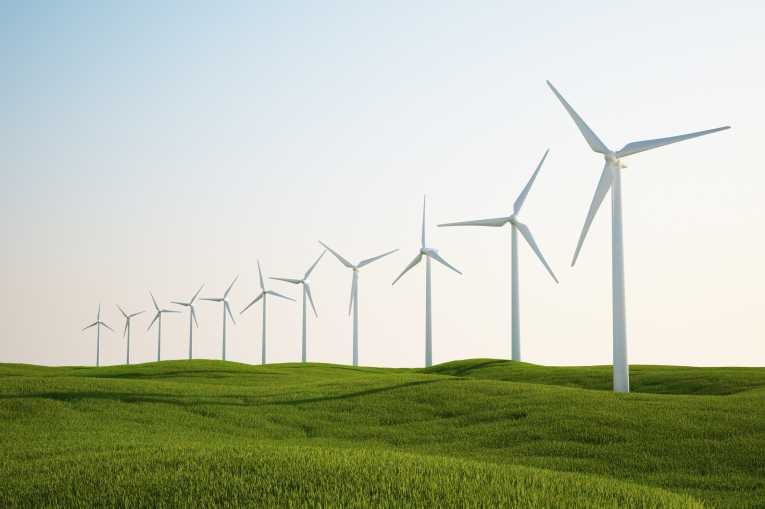Oahu – the most populous of the Hawaiian Islands - could get a quarter of its electricity from wind and solar generated power says a new study.
The Interisland Wind project, part of the Oahu Wind Integration Study (OWIS), aimed to bring 400 megawatts of wind power from the islands of Molokai and Lanai to help supply more than 25% of Oahu's projected electricity demand from renewable sources.
The study, which is published today, has found that with 500 megawatts of wind power and 100 megawatts from the sun, would save around 2.8 million barrels of low sulphur fuel oil (LSFO) and 132,000 tons of coal each year and wouldn't have an adverse affect on consumers if some new systems are put in place.
The developments necessary include, using the highest-spec forecasting methods to help adjust for changes in wind and wind power. An increase in power reserves and a reduction in the minimum stable operating power of baseload generating units to further boost power stores. Making thermal generating units more responsive to changes in demand. Keeping a close eye on severe weather to ensure generation is not affected. Looking at other ways of generating and building power reserves.
Reliability is a major problem with some renewable energy sources and OWIS says further work is required to make the wind and solar powered a practical proposition.
''The findings of this study show it is feasible to integrate large-scale wind and solar projects on Oahu but also have value beyond Hawaii. Both large mainland utilities and relatively small and/or isolated grids that wish to integrate significant amounts of renewable energy while maintaining reliability for their customers can learn from this study,'' said Dr. Rick Rocheleau, Hawaii National Energy Institute director.
Robbie Alm, Hawaiian Electric executive vice president, said, ''To reach our renewable energy goals we need to use all the resources available to us. For Oahu, this includes the utility-scale solar, roof-top solar, waste-to-energy and on-island wind that we are pursuing. But on-island resources are not enough to meet Oahu's power needs.''
''We know that more solar power is possible on Oahu than was studied by the OWIS. However, this baseline study is an essential first step for the Interisland Wind Project. It shows that the technology may present challenges but these can be overcome. The questions now are financing, environmental impact and whether the effected communities can live with the project with community benefits.''










